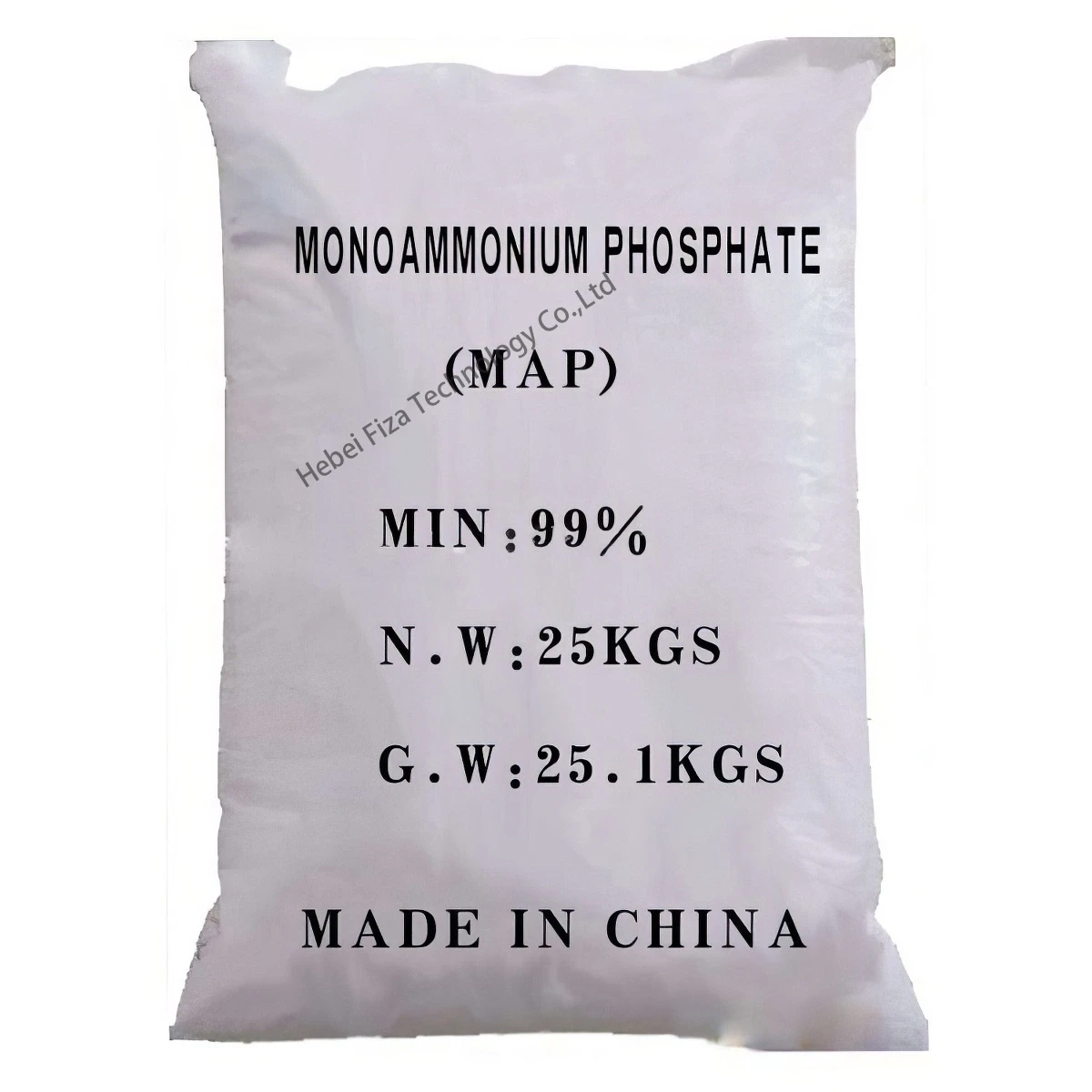



Exploring the Properties and Applications of Plumbic Oxide in Modern Chemistry
Understanding Plumbic Oxide Composition, Properties, and Applications
Plumbic oxide, scientifically known as lead(II) oxide, has the chemical formula PbO. This compound consists of lead in its +2 oxidation state and is a prominent member of the group of metal oxides. It exhibits distinct physical and chemical properties that make it significant in various industrial applications.
Composition and Structure
Plumbic oxide can exist in two crystalline forms the red form, called litharge, and the yellow form, also known as massicot. Litharge appears as a red or yellow powder with a tetragonal crystal system, while massicot has a more stable structure and is commonly found in nature as a yellow mineral. The key to its diverse coloration lies in its crystalline structure and the arrangement of lead ions within that structure.
The production of plumbic oxide typically involves the oxidation of lead at elevated temperatures, where lead metal reacts with oxygen, forming lead(II) oxide. Given its heavy metal content, handling plumbic oxide requires caution, as lead compounds pose serious health risks due to lead toxicity.
Physical and Chemical Properties
Plumbic oxide is a relatively stable compound but can react with strong acids to form lead salts. It does not dissolve readily in water but is soluble in alkalis and other solvents, which facilitates its application in various chemical processes. Its melting point is approximately 888 degrees Celsius, highlighting its stability under high temperatures.
From a physical standpoint, lead(II) oxide is an excellent conductor of electricity in its molten state, which is particularly useful in electronic applications. Its ability to absorb light makes it valuable in optical coatings.
Applications in Industry
plumbic oxide

Plumbic oxide has numerous applications across different sectors. One of its primary uses is in the manufacture of lead-acid batteries. Here, lead(II) oxide acts as a crucial component in the positive electrode, facilitating the electrochemical reactions essential for battery operation.
In the glass and ceramics industry, plumbic oxide is employed as a flux to lower the melting point and improve the workability of glass products. Its inclusion enhances the optical properties of glass, resulting in improved durability and clarity.
Moreover, lead(II) oxide is utilized in the production of pigments for paints and coatings. The vibrant colors derived from plumbic oxide are not only aesthetically pleasing but also provide a protective layer against corrosion. However, due to environmental and health concerns surrounding lead, the use of plumbic oxide in consumer products has been regulated in many countries.
Environmental and Health Considerations
The toxicity of lead compounds cannot be overstated. Prolonged exposure to lead may result in serious health issues, including neurological damage and developmental disorders in children. As a result, regulatory organizations have set strict guidelines governing the use of lead and its compounds.
To mitigate risks, industries are adopting safer alternatives and implementing measures to minimize lead exposure. Innovations in battery technology and materials science aim to reduce dependency on hazardous substances, marking a shift towards more sustainable practices.
Conclusion
Plumbic oxide, with its unique properties and widespread applications, plays a critical role in various industries. However, its association with lead toxicity necessitates careful handling and ongoing research into safer alternatives. Understanding the balance between industrial utility and health safety will be essential as we move forward in developing sustainable and environmentally-friendly technologies.
-
Why Sodium Persulfate Is Everywhere NowNewsJul.07,2025
-
Why Polyacrylamide Is in High DemandNewsJul.07,2025
-
Understanding Paint Chemicals and Their ApplicationsNewsJul.07,2025
-
Smart Use Of Mining ChemicalsNewsJul.07,2025
-
Practical Uses of Potassium MonopersulfateNewsJul.07,2025
-
Agrochemicals In Real FarmingNewsJul.07,2025
-
Sodium Chlorite Hot UsesNewsJul.01,2025










